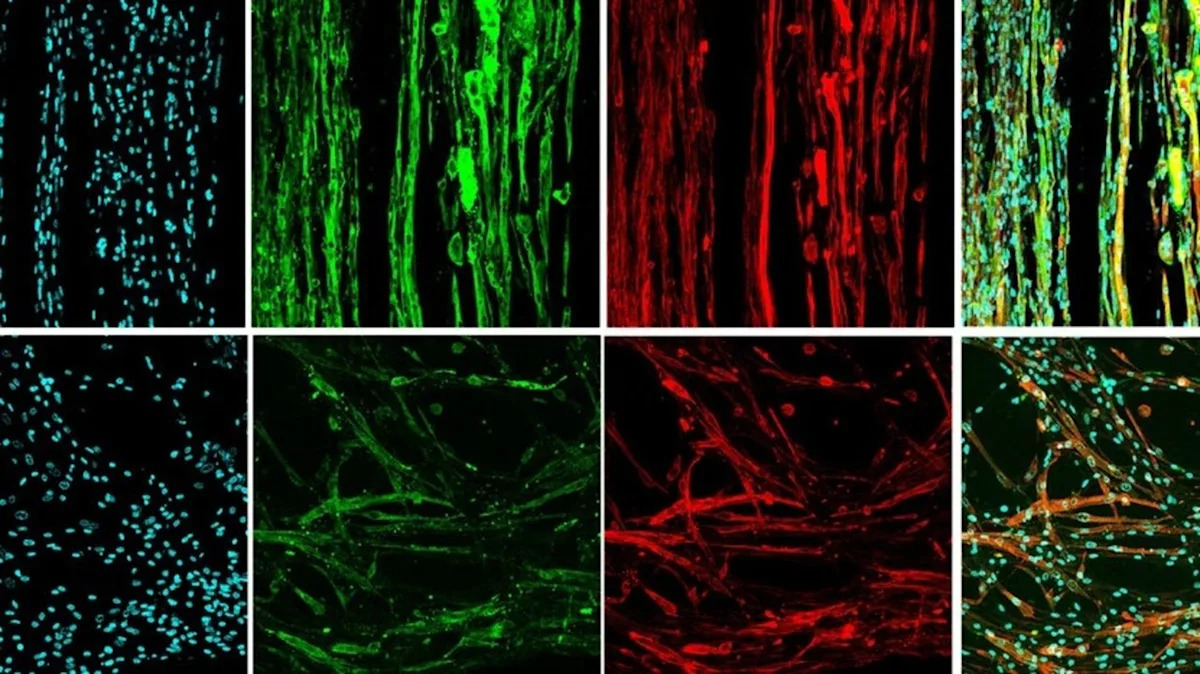Home / Science / 3D Printed Muscles Defy Gravity: A Breakthrough in Space-Based Tissue Engineering
3D Printed Muscles Defy Gravity: A Breakthrough in Space-Based Tissue Engineering
11 Nov
Summary
- Scientists at ETH Zurich 3D print muscle tissue in microgravity
- Overcoming gravity's challenges to produce functional human tissue
- Potential to manufacture organs for transplantation in the future

In a significant scientific development, researchers at ETH Zurich have demonstrated the ability to 3D print muscle tissue in microgravity conditions. This achievement is viewed as a transformative step toward a future where organs can be 3D-printed for transplantation into humans in need.
The key challenge with manufacturing body tissue on Earth is that gravity adds stress to the materials used in the process, making it difficult to produce muscle fibers exactly as they are in the human body. To overcome this issue, the researchers utilized parabolic flights to simulate microgravity conditions and then 3D printed muscle tissue in weightlessness using a biofabrication system called G-FLight.
This advancement not only holds promise for the future of organ transplantation but also offers hope for addressing the muscle-mass problems faced by astronauts in space. Microgravity is known to have a detrimental effect on muscle mass, and the ability to manufacture and test muscle tissue in space could significantly advance space medicine for future long-duration space missions.
The 3D printing of human tissue in microgravity is a rapidly evolving field, with scientists also working on the development of artificial retinas and other vascularized tissues, such as liver tissue. This research represents a significant step forward in the quest to revolutionize medical treatments and improve the lives of those awaiting organ transplants.



